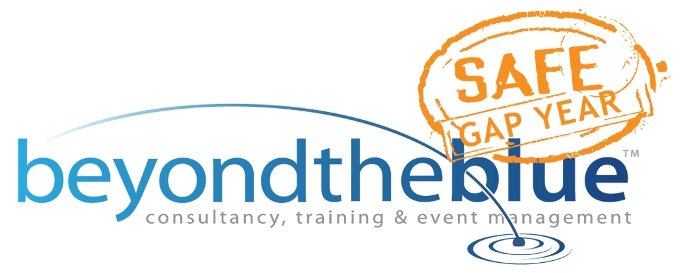
Title – Road Block
Date – December 2006
Location - Antarctica
Sometimes you have to know when to give up. There are many times you will come across obstacles that can be overcome but sometimes you just have to know when to cut your losses and run. Remembering that anything you leave behind unseen can be revisited another day.
Fortunately the captain of this ship knows exactly how far and hard he can push the ship and his expertise will ensure a safe return from Antarctica to South America where the cruise started. No Casino or Swimming pool on this cruise though, this is hard terrain and the seas can get very rough, your small cabin with its basic amenities will have to suffice, but if you ever feel claustrophobic, just step onto deck.
Beyond The Blue runs workshops to help you gain the skills you will need to navigate your travel experience. Our Gap Year and Independent Travel Safety & Awareness workshop guides those attending through all the planning stages and the various mazes that will face you on arrival and well into your trip itself. The experience of our instructors enables them to put all your questions into context allowing you to understand some of the pitfalls, without the need to actually experience them yourself.
Please visit our website at www.safegapyear.com
Image – © Heather Spalton
Date – December 2006
Location - Antarctica
Sometimes you have to know when to give up. There are many times you will come across obstacles that can be overcome but sometimes you just have to know when to cut your losses and run. Remembering that anything you leave behind unseen can be revisited another day.
Fortunately the captain of this ship knows exactly how far and hard he can push the ship and his expertise will ensure a safe return from Antarctica to South America where the cruise started. No Casino or Swimming pool on this cruise though, this is hard terrain and the seas can get very rough, your small cabin with its basic amenities will have to suffice, but if you ever feel claustrophobic, just step onto deck.
Beyond The Blue runs workshops to help you gain the skills you will need to navigate your travel experience. Our Gap Year and Independent Travel Safety & Awareness workshop guides those attending through all the planning stages and the various mazes that will face you on arrival and well into your trip itself. The experience of our instructors enables them to put all your questions into context allowing you to understand some of the pitfalls, without the need to actually experience them yourself.
Please visit our website at www.safegapyear.com
Image – © Heather Spalton





















.jpg)














